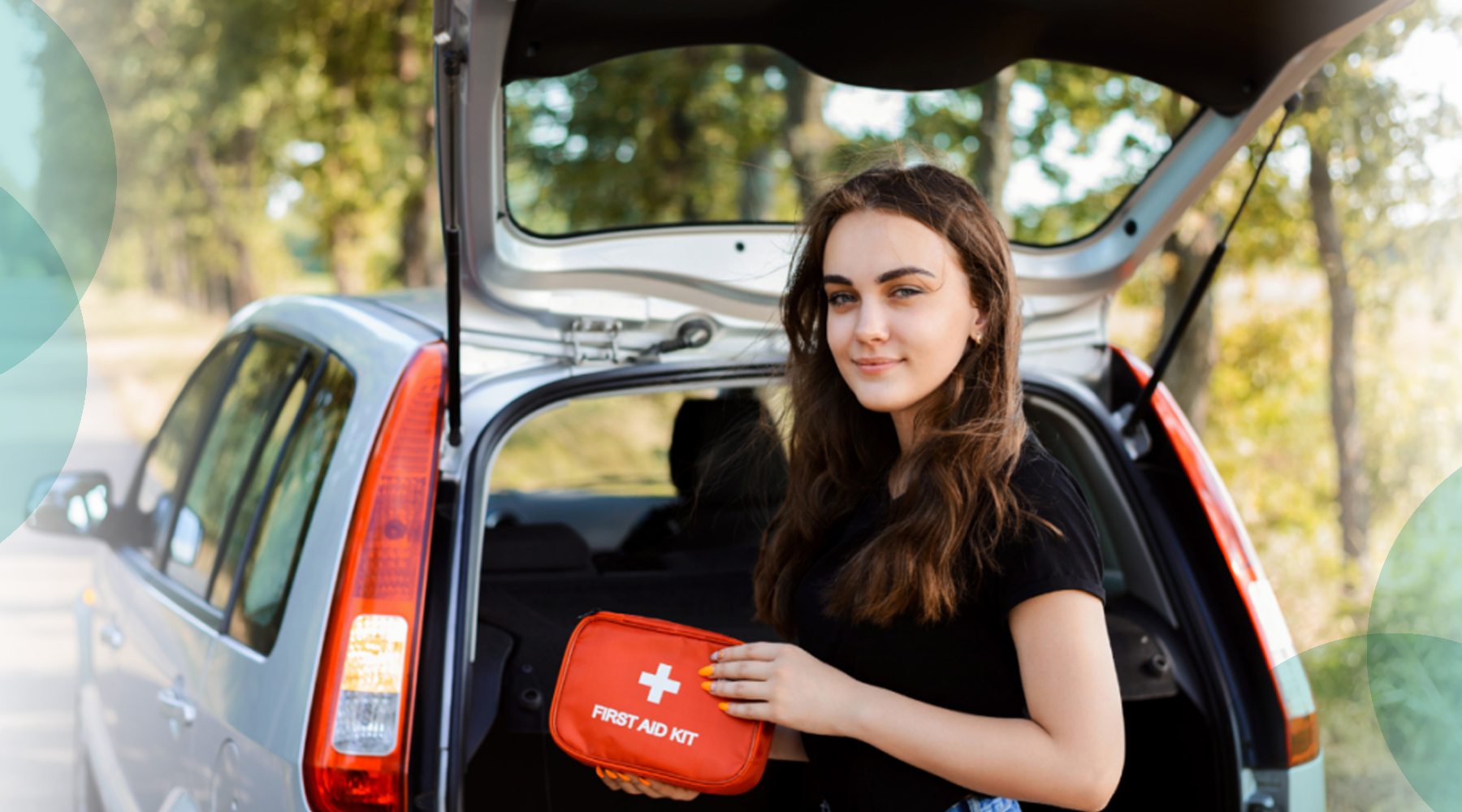We all know that one person who seems to be perpetually prepared for every possible emergency. They always have the tools they need to tackle anything, whether it’s a flat tire, a minor injury, or a broken heart. How did they get to be so good in a crisis?
Maybe they’re born with it. Or maybe it’s a lifetime of being prepared for anything.
I’m not saying that you should hole up in a doomsday bunker with a stock of MREs. But you can take steps to prepare yourself for anything that life might throw at you. From fashion emergencies to natural disasters, here’s how to be more prepared—and more confident in your ability to take care of yourself.
Stock Your Pantry
Is your kitchen well-stocked with nutritious, shelf-stable foods? Or will you be living on Pop-Tarts if an emergency hits?
An emergency could be a power outage, a leaky pipe that takes your kitchen sink out of commission, or even a surprise guest for dinner. If you can eat them, dried or canned beans are a great cornerstone for your pantry. They are versatile, packed with nutrition, and last pretty much forever. Along with beans, air-tight containers of rice and other grains, such as quinoa, can help you whip up a healthy meal with little more than boiling water.

Add several cartons of stock to your pantry arsenal for adding flavor and extra nutrition to your cooking. Ever tried making rice with chicken stock instead of water? Total game changer. Look for low-sodium options, however, as many commercially available stocks go heavy on the salt.
In times past, it was typical for homes to have a root cellar to store potatoes, onions, winter squash, and even apples. Vegetables and fruits that couldn’t be stored in a cool, dry, dark place were instead turned into preserves, pickles, and other canned goods. I’m not suggesting that you start a home canning business, but you should know how to store different types of produce.
Assemble Emergency Kits for Home, Car, and Office
Pop quiz: Do you know how much water a person needs to sustain them for 24 hours?
The CDC recommends that you prep one gallon of water per person, per day, for drinking and sanitation. A three-day supply is the bare minimum you should have, but two weeks is even better. Store-bought water in plastic containers does eventually expire, so don’t assume that your water supply will last indefinitely.
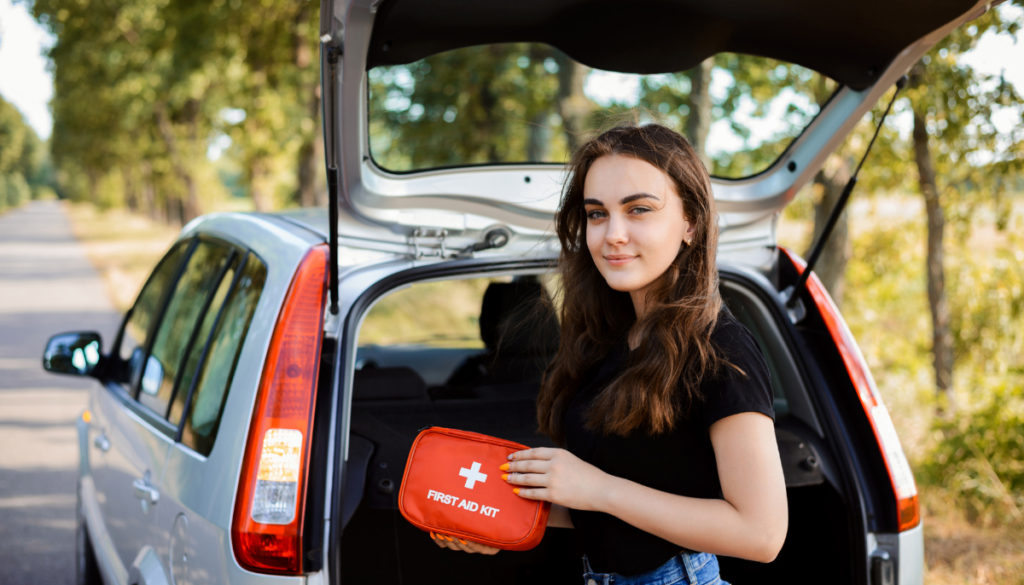
While it might seem extreme, prep emergency kits for your home, car, and office. Disasters rarely happen at a convenient time, so stashing kits in the places where you spend the most time makes sense. Consider putting together a kit for your car inside a cooler, including bagged water that won’t burst if temperatures hit freezing.
You can find out more about how to build a personalized emergency kit at Ready.gov. At its most basic, you’ll need bottled water, nutrition-dense food with a long shelf life, a flashlight, and a spare phone charger.
Learn Basic First Aid
Do you know how to help yourself, a loved one, or a total stranger during a medical emergency?
Keeping a first-aid kit on hand is a good first step, but you need some basic knowledge to do any good with it. When you find yourself in an emergency situation—for example, if someone is unconscious—start with the “ABCs”:
- Airway – Is the person’s airway obstructed? If so, clear it.
- Breathing – Is the person still not breathing? Start rescue breathing (AKA mouth-to-mouth).
- Circulation – Check the person’s pulse. If you can’t find it and they are unresponsive, start chest compressions.
If you are the person administering first aid, then designate other people to take on certain tasks. For example, point at someone nearby—there are always people standing around wanting to help in an emergency—and tell them to call 911. Don’t just say, “Somebody call an ambulance.” Actually pick a person out and give them a job.
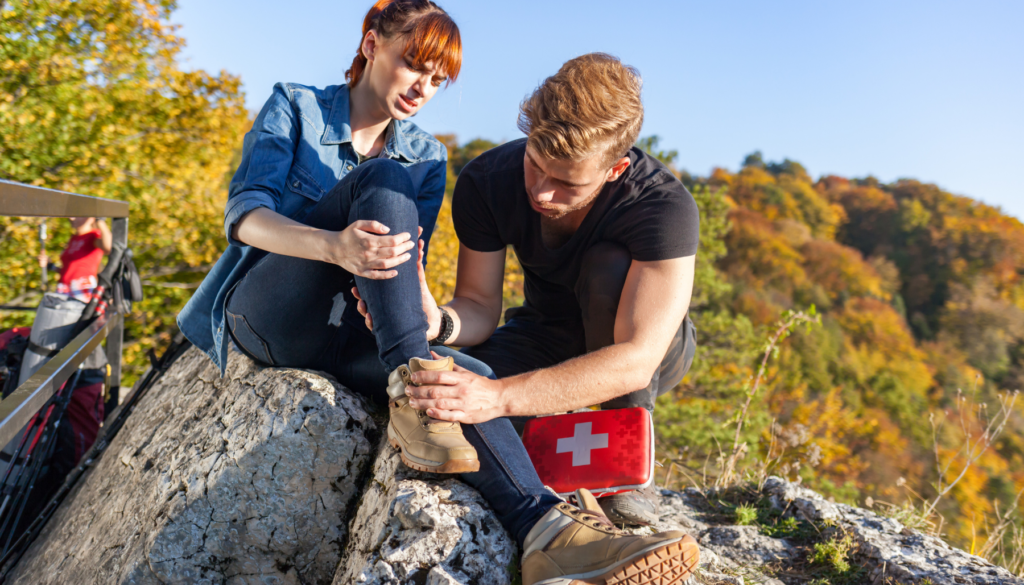
When someone is injured and bleeding, clean your hands, rinse the wound with water, and cover it with cloth. Then apply pressure until either the bleeding stops or help arrives. Don’t apply a tourniquet! Just keep adding more layers of cloth and pressing until the blood has clotted.
Finally, take it upon yourself to learn the Heimlich maneuver. Before you grab someone and start squeezing, ask if they are choking. If they can answer you verbally, then… no, they’re not choking. If they can’t answer you, then take action.
If you want to learn more, look for first aid or CPR certification courses in your area. You can also find courses online.
Prep Your Phone for Emergencies
Here’s an easy tip. If you don’t already have a contact labeled ICE—that’s “In Case of Emergency”—on your phone, then set up one right now. List your best emergency contact person’s contact info so that emergency workers can find it. In the event that you’re in an accident, this contact can help someone reach your loved one.
In addition, consider keeping a couple of extra charging cables and a battery pack or two in your bag or car. While running out of battery power isn’t the end of the world, it’s frustrating and easily avoidable with a little prep. Even if you’re not the person who runs out of juice, you’ll be prepared to help someone else in need.
Read More: Clothing Disasters
Protect Your Pet
Is your pet microchipped? Why not? It’s a relatively cheap, totally painless protective measure. It’ll cost about $50 on average, but that’s a small price to pay for peace of mind. Your vet will be able to microchip your pet, ensuring that in the event your fur baby gets lost, they can find their way home again.
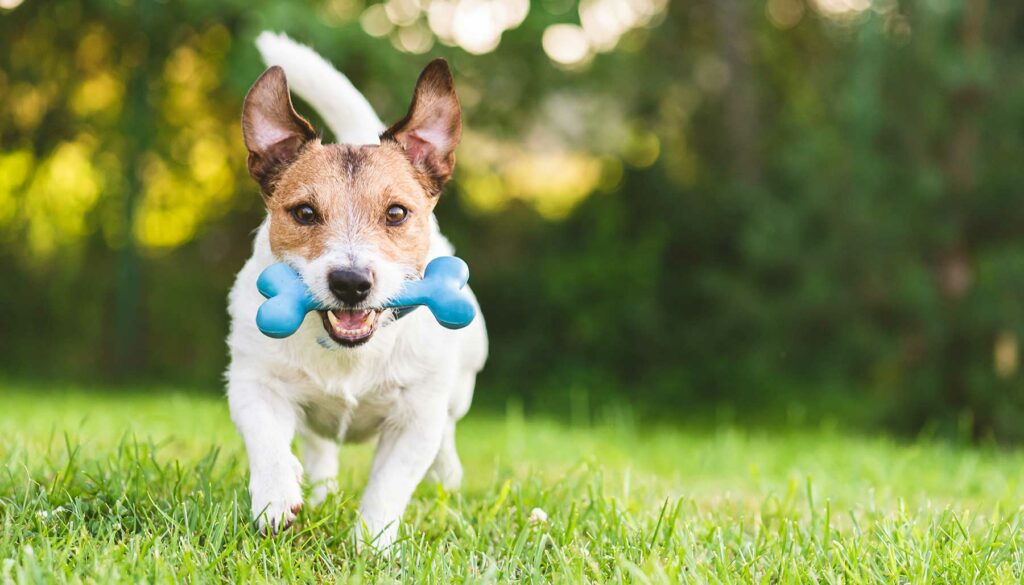
It’s also smart to get records of all your pet’s vaccinations, as well as any other relevant medical info, and keep backup copies in a couple of locations. Just in case, right?
Finally, it’s worth popping a “pet alert” sticker on your front and back doors. I also have a keychain and a wallet card that says my pets are home alone. In the event that something happens to me, I want my cats to be safe!
Develop More Than One Stream of Income
Let’s talk about a different type of preparedness. Does your entire livelihood depend on keeping your job? What would happen if you were laid off? What if your company shut down suddenly? What if you had to move for your spouse’s job and couldn’t find more work right away?
Even without facing worst-case scenarios, it’s smart to have more than one way to earn money. Having extra income, whether it’s from a side hustle, investments, or a second job, can help you meet your savings goals faster and build up an emergency fund. Don’t ever rely on just one way to earn money—because things could change overnight.
Read More: Side Hustles
Think About Your Baseline Health
I’m not here to police anyone’s health choices. Your body is yours to do with as you will! That being said, I’d encourage everyone to give some thought to their baseline health.
What do I mean by that? It’ll be different for everyone, as each person’s needs and abilities are different. However, you can still get a health screening to learn your numbers—blood pressure, blood glucose, cholesterol, and so on—to get a snapshot of your health. If your doctor is concerned about any of the numbers, that’ll give you a starting point.
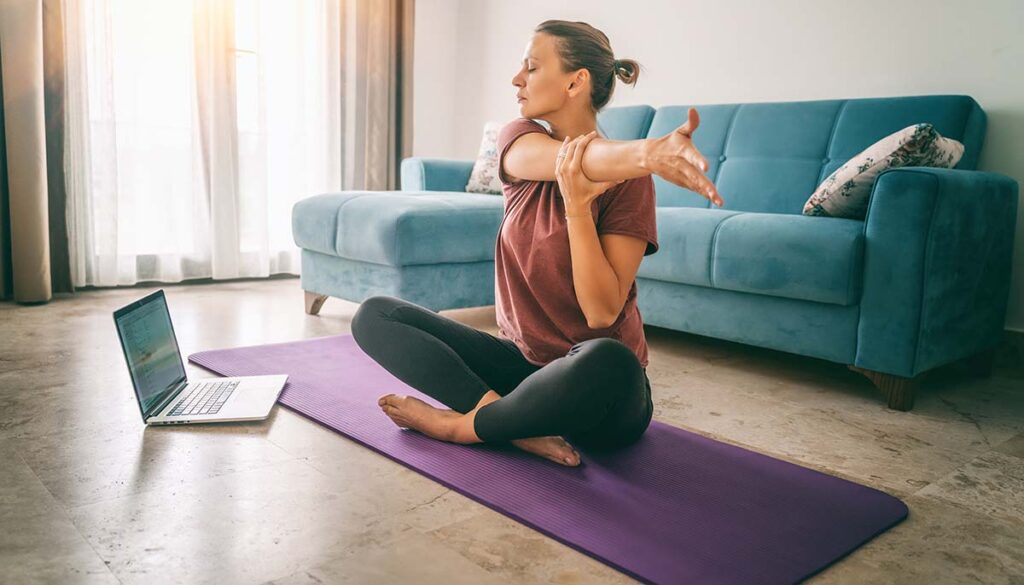
Almost everyone can benefit from improving their endurance and strength, too. I can’t give you a one-size-fits-all exercise routine, unfortunately. Chatting with a personal trainer can help you figure out the right plan to reach your goals. If you can only comfortably walk a little way, gradually build up your endurance with regular exercise. If you can’t do a pull-up or a push-up start with modified exercises to increase your muscle mass.
What does fitness have to do with being prepared for an emergency? Everything! Running for help, for example, or carrying a pet or child to safety, requires physical strength. It’s not likely that you’ll end up in an emergency situation where you have to run, haul yourself over a fence, swim in a strong current, or just hold your breath for more than a few seconds, but… you never know.
Practice Mindfulness and Gratitude
While you can see how physical health can help you be more prepared for emergencies, how the heck is meditation supposed to make a difference? I’m so glad you asked!

Practicing any form of mindfulness, including yoga and meditation, can help reduce your stress levels. In addition, mindfulness will help you be more aware of your body, mind, and environment. You’ll have a better sense of when something is wrong—or at least not quite right.
Practicing gratitude can also help you be more resilient and calm when bad things happen. When you focus on the bounty that life has to offer, you’ll be more prepared for the inevitable times when things don’t go your way.
Read More: Gratitude Journals: Cheesy Gimmick or Powerful Tool?


